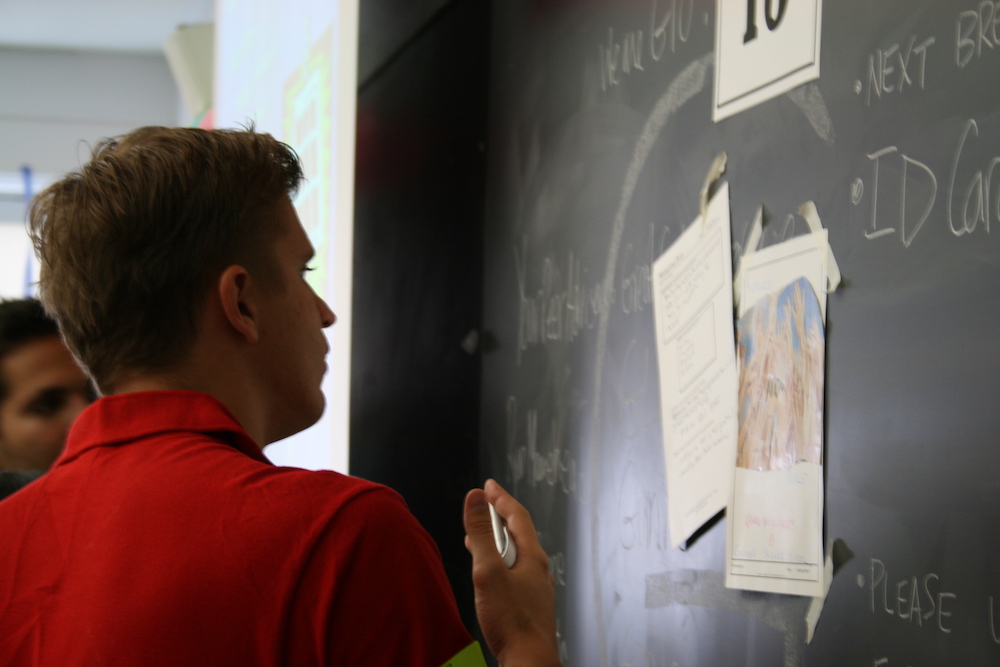Indoor Team Building

Indoor team building activities are a great way to let your people let their guard down, step out of their individual comfort zones and develop new skills. Indoor team building uses unique tools that helps strengthen the bonds and cooperation between employees as they struggle, fail, try again and try as many times as necessary before they ultimately succeed. But while the activities might be fun, with a lot of laughter and joking around, the outcomes are what’s really important for indoor team building.
Team building often mimics real-world work situations, but not always. Sometimes team building is designed to develop collaboration in ways that work situations can’t; the focus is always on the end result, not the activities themselves. At LTI, our programs are always shaped with one thing in mind – enhancing your immediate business needs. We know that it’s not a one-size-fits-all world, and we’re ready to help with a program that’s custom-designed for you, with assessments, tools and resources that will help achieve the results you’re looking for. Whether you are looking for a two-hour program or three days, we’ll come to your place of business or set up the sessions for a conference center, resort or other venue.
Too often, managers mistake a lack of active disagreement for a sign of an engaged, aligned team, and end up not paying much attention to the team’s leadership or understanding of business priorities. Custom designed team alignment exercises can enhance any team’s effectiveness.
Any team can benefit from team development exercises and activities. A team that works well together during team building is more effective, more efficient and more successful, not to mention more motivated, happier and more fun to work with.
Pioneered by GE management, team assimilation exercises are designed to get team members and managers to open up with each other and speak directly about their priorities and concerns. Team assimilation is a great way for team members and managers to get some real insights about each other that might not be very easy to access otherwise.
By definition, teams should be collaborative in order to produce results, but too often that’s hindered when team members don’t work well together. Team collaboration exercises are intended to enhance communication and trust, find out the strong points of each team member and ensure a common vision and goal.
